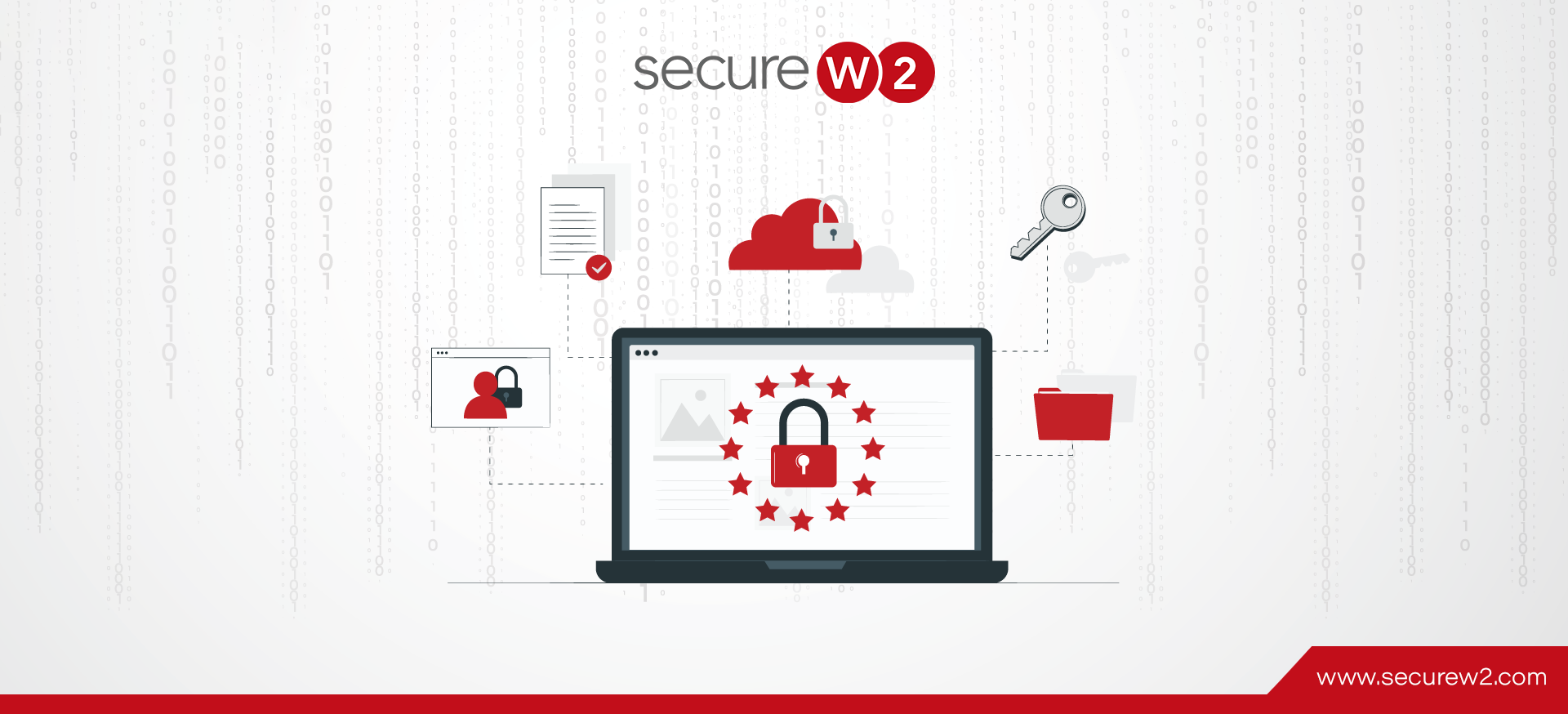Cybercrimes have been a cause of concern for organizations in recent times, especially when they are expanding remotely. Even nations’ policymakers have expressed concern about the surge in cybersecurity attacks over the past couple of years. The recently signed CLOUD act agreement between the US and Australia is a perfect example of nations joining hands to fight cybercrimes together.
Network Access Control is just as it sounds, a method of controlling access to the network. It’s achieved by having a means of identifying users and devices and authorizing (or denying) varying levels of access to the network. NAC has been used extensively by network admins to provide safer network access.
The primitive network access control solution used a few years back has been unable to cope with renewed demands for modern IT infrastructure. These emerging technologies need advanced NAC solutions to handle the security of multiple endpoint devices and permit only legitimate user authentication within an organization’s server.
Here’s a list of some network access control best practices that can assist any organization or corporate network in better network visibility and data security.
1. Understand Your Organization’s Needs
This practice might appear superficial but, believe us, it’s easier said than done. There are umpteen examples of organizations practicing outdated security protocols like password-based authentication, exposing their devices to multiple vulnerabilities. Oftentimes, their corporate networks are compromised due to blindly copying the access control configurations of a different organization or client software.
Every organization has its own unique network needs, so implementing a network access control system should be similarly unique. Many organizations use a virtual private network (VPN) to secure their internal networking, providing better results once integrated with reliable NAC solutions. So they must conduct thorough research before finalizing Network Access Control solutions.
Needless to say, it is a healthy practice for any organization( whether large or mid-level) with multiple endpoints to invest in robust network security.
Sometimes organizations find it cumbersome to carry on this research and need assistance. To simplify this crucial step, SecureW2 offers a team of experts who can understand the basic need of your organization before implementing one of the best NAC solutions in the market.
2. Identify Areas that Require Access Control
The organizations’ needs vary with their nature. A proper understanding of use-cases fetches better results in planning a better network access control policy. Although most modern-day organizations need access control policies in different aspects of their networking, the following areas require more attention:
- Internet of Things (IoT) Devices
- BYODs
- External Users
- Incident Response
The pandemic has shifted most of the workforce to remote work, with enterprises allowing their employees to use their personal devices (an example of BYOD). It has raised concern for security as an increase in the number of endpoint devices has simultaneously increased their vulnerabilities. A robust Network Access Control solution can secure these endpoint devices from many risks. Its efficient solutions can also prevent unauthorized access to these BYOD devices.
Apart from these BYOD devices, an organization must look for other IoT devices in the system, such as biometric and IP-based hardware. Healthcare enterprises also need to be cautious in sharing critical data and plan a robust security policy.
Modern-day enterprises interact with external vendors and communicate with external guests for multiple business needs. They require an efficient NAC solution to tackle the network access of these external guests. SecureW2 does precisely that with its advanced network authentication solution, which empowers group and device policies and permits access to only legitimate users in a network.
3. Train Support Team in Network Access Control
There are some complexities involved in implementing an efficient NAC. IT generalists might find it challenging to optimize the full potential of an advanced network access control. Even if an organization outsources the implementation part, they still need to monitor it regularly due to its on-premise nature.
Further, having a dedicated team for access control can help organizations reduce dependencies on external vendors. The trained IT team can also interpret security threats caused by unauthorized or third-party access and promptly prevent any damages. They can also train external users about the organization’s access control policy for secure and efficient collaboration.
For a smooth knowledge transfer of IT personnel, you need an innovative and user-friendly NAC. Securew2 offers a wide range of advanced role-based NAC solutions that efficiently cater to the needs of modern-day network access control systems and integrate seamlessly into the existing system.
4. Adopt a Role-Based Access Control (RBAC)
There are several ways to implement an efficient network access control system. RBAC is the mechanism in which separate users/devices are granted unique access levels, according to predefined roles, to effectively implement the organization’s security policies. A user’s “defined role” is given maximum priority over any other attributes in role-based access control.
As the size of different organizations differs, the division of powers of various users is bound to vary as well. There needs to be a schematic division of roles according to required expertise. It might appear hilarious to assign a programming role to finance personnel! Role-Based access control enables various devices having different access levels to maintain an optimum security level.
Some organizations face a hard time implementing efficient Role-Based Access Control practices and cannot move on from the traditional security controls techniques. It certainly limits the potential of RBAC, which results in a surge of compromised devices within an organization.
These role-based network access controls (NAC) can empower any organization to develop a rigid security framework and perform seamless authentication. The advanced JoinNow suites of SecureW2 helps organizations to deploy WPA2-Enterprise security and effectively use X.509 certificates beyond Wi-Fi for VPN protection.
5. Use Multi-factor Authentication (MFA) Protocol
The popularity of remote work culture has compelled many organizations to migrate to the cloud. Many enterprises want their employees to have remote access to sensitive data and network resources using BYOD and IoT devices. With these advancements, attackers keep discovering better ways of exposing the vulnerabilities in the system. They usually target password-based login, which is considered the weakest link in the system.
Network Access Control enables network administrators to utilize multi-factor authentication (MFA) to authenticate users instead of traditional passwords or IP address-based authentication. MFA allows users to have additional layers of authentication such as OTP or phone calls. Reducing dependencies on redundant authentication like hardware security tokens facilitates password resets support without involving the helpdesk.
Certificate-based authentication is considered most secure due to its encrypted EAP tunnel among various authentication protocols. It also strengthens users to configure their network by using the RADIUS server certificate. SecureW2’s Cloud RADIUS facilitates the entire complex process with its dynamic policy engines that come in handy with various enterprises like Azure and Intune and provide the best network access control.
Best Network Access Control Solution
Any modern-day NAC solution is not complete without proper Certificate Management, and the organizations need to realize this as soon as possible. Over the last few years, the exponential rise in cyberattacks has forced businesses to take digital certificates a little more seriously, and rightly so. Digital certificates have opened new dimensions for organizations to feel more secure by a seamless migration from credential-based protections.
SecureW2 offers a seamless onboarding experience to these digital certificates by its turnkey managed PKI solution. It consists of Certificate Gateway APIs that provide native integration with every significant MDM vendor for zero-touch Managed Devices certificate auto-enrollment.




